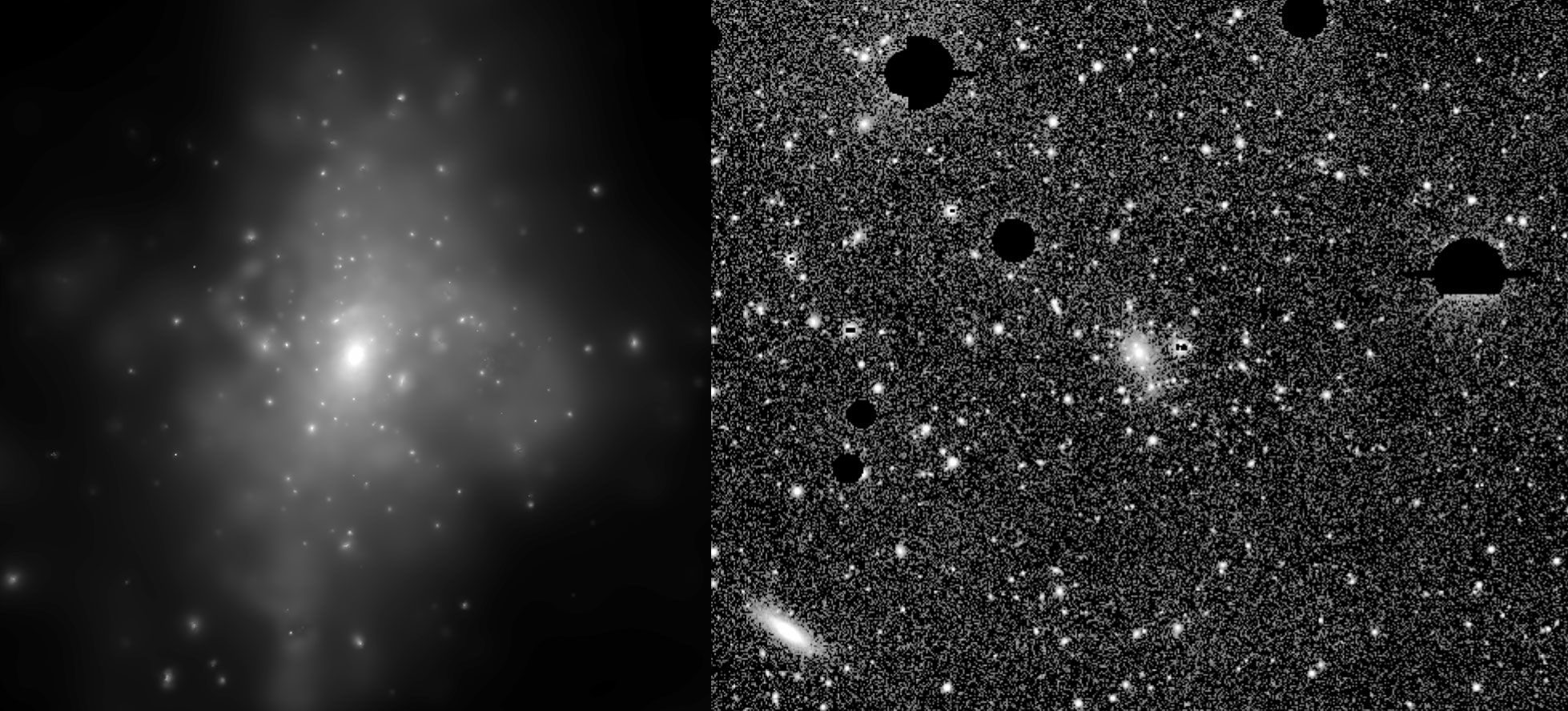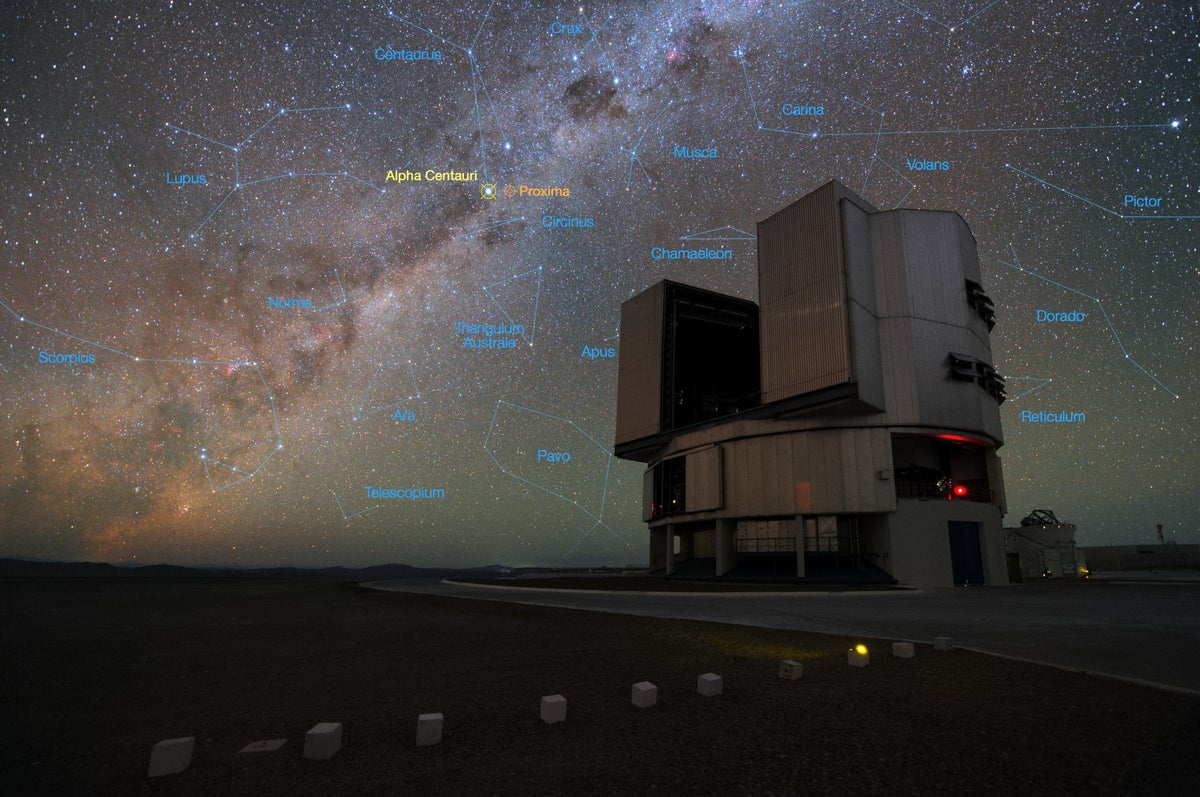- Joined
- 21 January 2015
- Messages
- 10,652
- Reaction score
- 12,251
General purpose astronomy thread.
The search for radio emission from the exoplanetary systems 55 Cancri, υ Andromedae, and τ Boötis using LOFAR beam-formed observations
Observing planetary auroral radio emission is the most promising method to detect exoplanetary magnetic fields, the knowledge of which will provide valuable insights into the planet's interior structure, atmospheric escape, and habitability. We present LOFAR-LBA circularly polarized beamformed observations of the exoplanetary systems 55 Cancri, υ Andromedae, and τ Boötis. We tentatively detect circularly polarized bursty emission from the τ Boötis system in the range 14-21 MHz with a flux density of ∼890 mJy and with a significance of ∼3σ. For this detection, no signal is seen in the OFF-beams, and we do not find any potential causes which might cause false positives. We also tentatively detect slowly variable circularly polarized emission from τ Boötis in the range 21-30 MHz with a flux density of ∼400 mJy and with a statistical significance of >8σ. The slow emission is structured in the time-frequency plane and shows an excess in the ON-beam with respect to the two simultaneous OFF-beams. Close examination casts some doubts on the reality of the slowly varying signal. We discuss in detail all the arguments for and against an actual detection. Furthermore, a ∼2σ marginal signal is found from the υ Andromedae system and no signal is detected from the 55 Cancri system. Assuming the detected signals are real, we discuss their potential origin. Their source probably is the τ Bootis planetary system, and a possible explanation is radio emission from the exoplanet τ Bootis b via the cyclotron maser mechanism. Assuming a planetary origin, we derived limits for the planetary polar surface magnetic field strength, finding values compatible with theoretical predictions. Further low-frequency observations are required to confirm this possible first detection of an exoplanetary radio signal. [Abridged]
The search for radio emission from the exoplanetary systems 55 Cancri, υ Andromedae, and τ Boötis using LOFAR beam-formed observations
Observing planetary auroral radio emission is the most promising method to detect exoplanetary magnetic fields, the knowledge of which will provide valuable insights into the planet's interior structure, atmospheric escape, and habitability. We present LOFAR-LBA circularly polarized beamformed observations of the exoplanetary systems 55 Cancri, υ Andromedae, and τ Boötis. We tentatively detect circularly polarized bursty emission from the τ Boötis system in the range 14-21 MHz with a flux density of ∼890 mJy and with a significance of ∼3σ. For this detection, no signal is seen in the OFF-beams, and we do not find any potential causes which might cause false positives. We also tentatively detect slowly variable circularly polarized emission from τ Boötis in the range 21-30 MHz with a flux density of ∼400 mJy and with a statistical significance of >8σ. The slow emission is structured in the time-frequency plane and shows an excess in the ON-beam with respect to the two simultaneous OFF-beams. Close examination casts some doubts on the reality of the slowly varying signal. We discuss in detail all the arguments for and against an actual detection. Furthermore, a ∼2σ marginal signal is found from the υ Andromedae system and no signal is detected from the 55 Cancri system. Assuming the detected signals are real, we discuss their potential origin. Their source probably is the τ Bootis planetary system, and a possible explanation is radio emission from the exoplanet τ Bootis b via the cyclotron maser mechanism. Assuming a planetary origin, we derived limits for the planetary polar surface magnetic field strength, finding values compatible with theoretical predictions. Further low-frequency observations are required to confirm this possible first detection of an exoplanetary radio signal. [Abridged]
Last edited:























